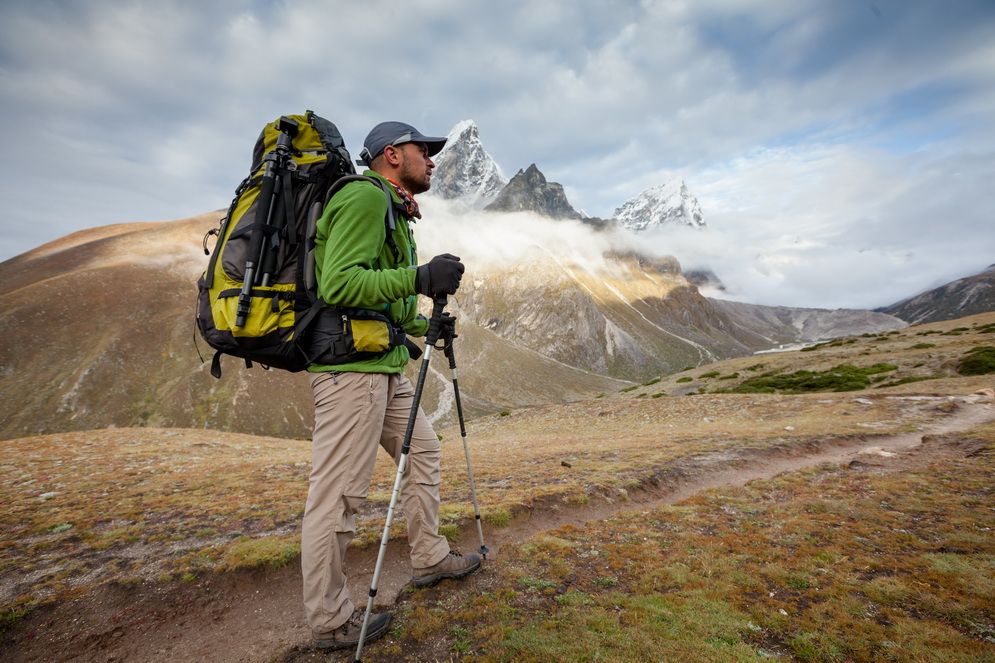Hiking is a beloved activity that allows individuals to connect with nature, enjoy physical exercise, and explore the great outdoors. However, while hiking can be an immensely rewarding experience, it also comes with inherent risks. To ensure that your adventures remain safe and enjoyable, it is crucial to follow expert advice and adhere to best practices. In this comprehensive guide, “Stay Safe on the Trails: An Expert’s Hiking Safety Guide,” we will cover essential safety tips, preparation strategies, and emergency protocols to help you navigate the trails with confidence.

Research Your Trail
Before embarking on any hike, it is essential to conduct thorough research on the trail you plan to explore. This includes understanding the trail’s difficulty level, length, elevation gain, and any potential hazards. Utilize reliable sources such as official park websites, trail guides, and online forums to gather accurate information.
In case you’re stranded overnight, having an emergency shelter and means to stay warm is critical. Use a space blanket or bivy sack to conserve body heat and stay dry. If you need to build a fire, ensure it’s in a safe, controlled manner to prevent wildfires.
Post-Hike Considerations
After your hike, it’s important to check for ticks and injuries. Ticks can carry diseases like Lyme disease, so thoroughly inspect your body and clothing. Treat any blisters or minor injuries promptly to prevent infection.
Check the Weather
Weather conditions can significantly impact your hiking experience. Always check the weather forecast for the day of your hike and be prepared for sudden changes. Avoid hiking during severe weather conditions such as thunderstorms, heavy rain, or extreme heat.
Preparing for Your Hike
Weather conditions can significantly impact your hiking experience. Always check the weather forecast for the day of your hike and be prepared for sudden changes. Avoid hiking during severe weather conditions such as thunderstorms, heavy rain, or extreme heat.

Expert’s Hiking Safety Guide
Hiking is a beloved activity that allows individuals to connect with nature, enjoy physical exercise, and explore the great outdoors. However, while hiking can be an immensely rewarding experience, it also comes with inherent risks. To ensure that your adventures remain safe and enjoyable, it is crucial to follow expert advice and adhere to best practices. In this comprehensive guide, “Stay Safe on the Trails: An Expert’s Hiking Safety Guide,” we will cover essential safety tips, preparation strategies, and emergency protocols to help you navigate the trails with confidence. Staying on marked trails is one of the most effective ways to ensure your safety. Straying off the trail can lead to disorientation, encounters with wildlife, and increased risk of injury. Follow trail markers and signs to stay on the designated path.
Conclusion
Hiking is a wonderful way to explore the natural world and enjoy physical activity, but it is essential to prioritize safety at all times. By following the expert advice in “Stay Safe on the Trails: An Expert’s Hiking Safety Guide,” you can ensure that your hiking adventures are safe, enjoyable, and memorable. Remember to prepare thoroughly, stay vigilant on the trail, and be ready to handle emergencies. With the right knowledge and preparation, you can confidently embark on your next hiking adventure and stay safe on the trails.










